The United States may be the biggest producer of gasoline and oil in the world. For a variety of reasons, however, that doesn’t necessarily reflect in the prices of gas found at gas stations across the country. Prices seem to rise higher and higher, with little recourse left for the average consumer. Since gas prices are increasing by the week, it’s important to learn tips to help you get the most out of a tank of gas.
Much of gas efficiency comes down to the dimensions and weight of cars. A small car that weighs less provides better gas efficiency than a car or truck of a heavier weight. Besides gas efficiency, however, the weight of a car factors into how much stress is put on its engine. A big, heavy vehicle will burn more gas than a small, light vehicle. There are other factors at play, however, including road and weather conditions, the type of roads the car travels on, and more.
There are, however, some strategies you can employ to get the most out of your gas tank. Some of the tips listed below seem pretty self-explanatory. By driving more, you waste more gas. There are, however, other tips that elude most drivers. These include things like hunting for the best gas prices in your area using online databases or simply ensuring the best aerodynamics of your vehicle for less drag. In this article, we will explore 10 tips to get the most out of a tank of gas. (For other vehicle articles, like those regarding car aesthetics, discover the ugliest cars in history.)
To compile a list of tips to get the most out of a tank of gas, 24/7 Tempo consulted a range of consumer, vehicle, and lifestyle publications including Consumer Reports, Freeway.com, and Gasbuddy.com. Next, we picked the best tips for getting the most out of a tank of gas. After that, we confirmed the aspects of each tip using sites like the Department of Energy.
Purchase High-Quality Gas
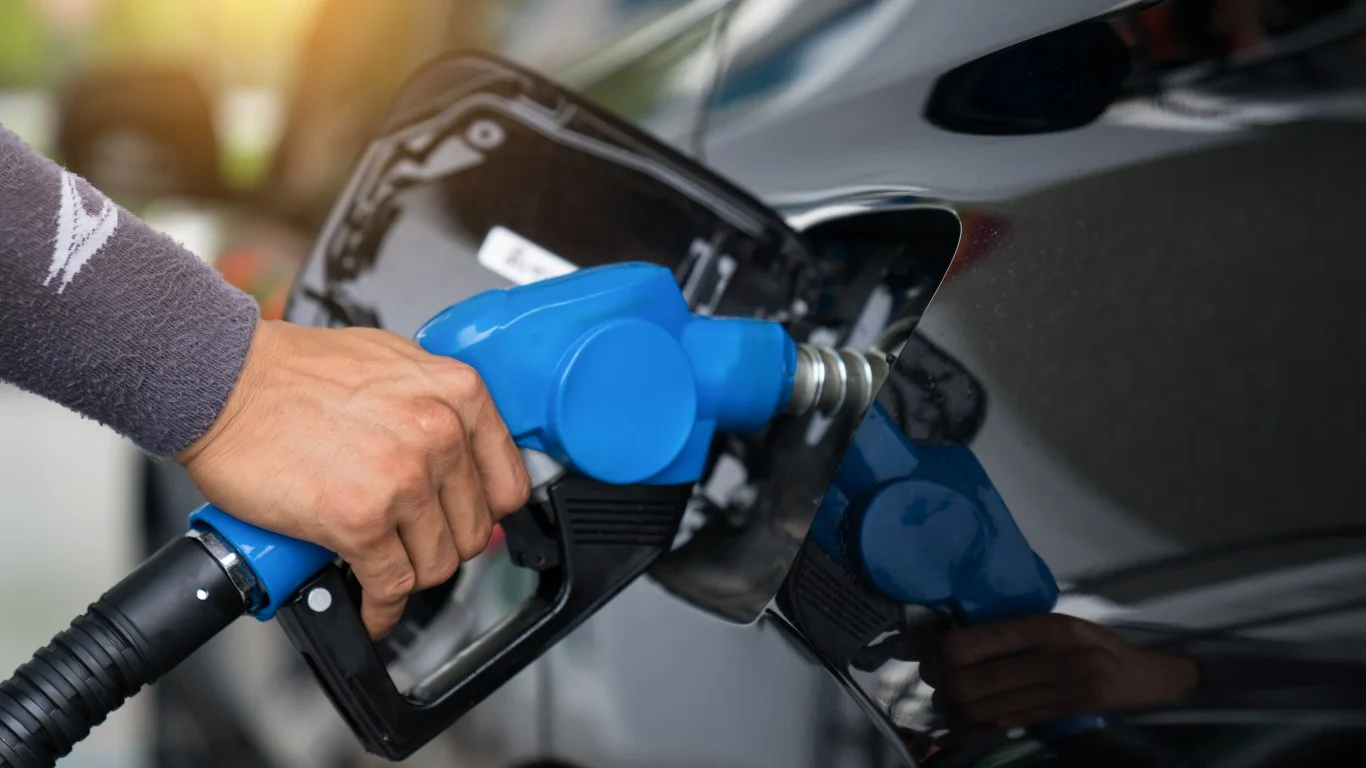
One of the tips to get the most out of a tank of gas is the quality of gas you purchase. Believe it or not, not all gas for sale on the roads is equal. While some gas stations sell regular gas, others like Chevron, Exxon, or Mobil offer Top Tier Gas. This gas meets a higher quality standard and remains enforced through a shared agreement between certain gas companies.
While using regular, non-graded gas isn’t the end of the world, it’s not the best option. Regular gas can cause engine deposits, which weaken the strength of your car’s engine over time. Fortunately, when you make the switch back to Top Tier Gas, its inherent detergents will clean out whatever engine deposits are left there by standard quality gasoline.
Be Mindful of Aerodynamics
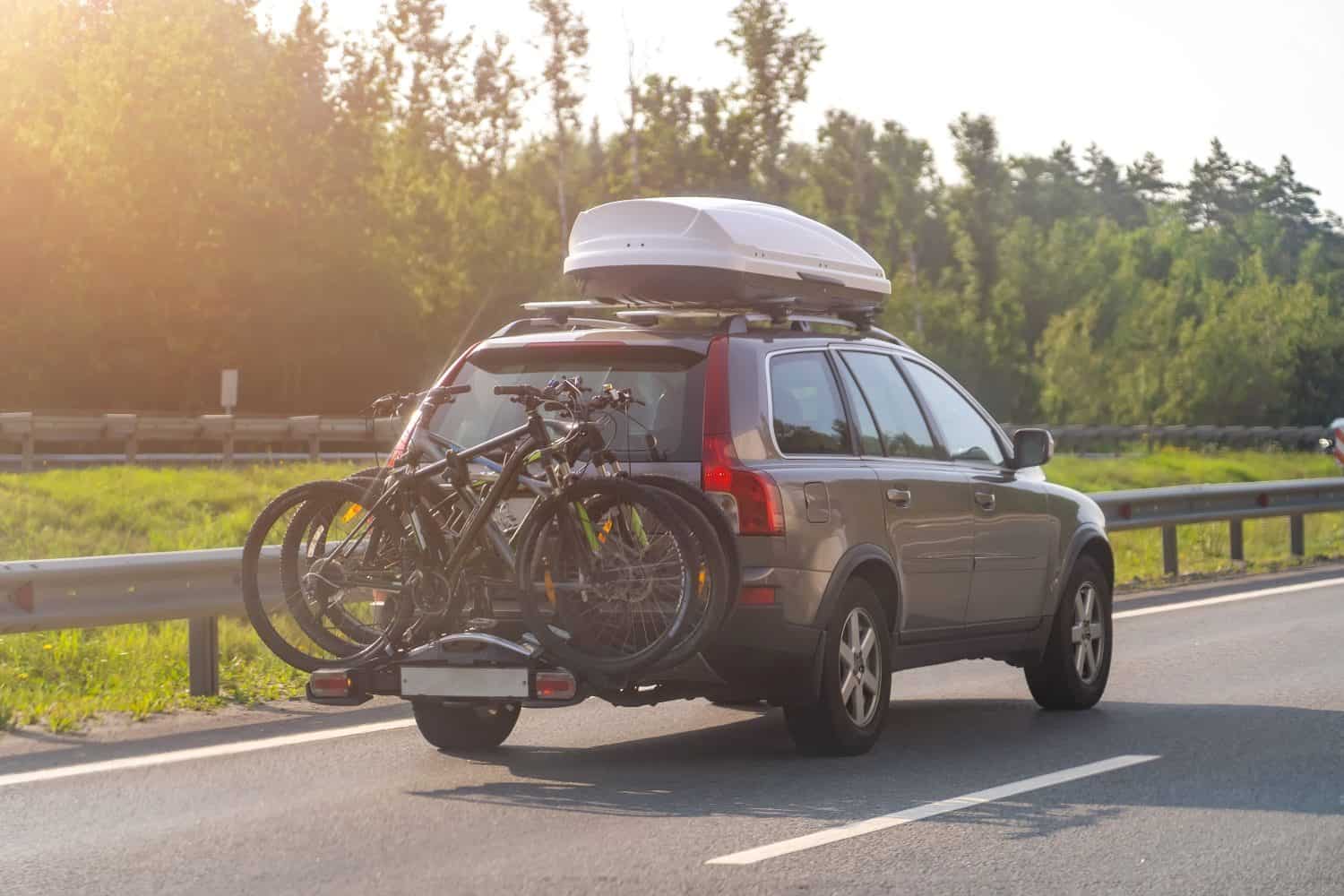
Another tip to get the most out of a tank of gas is to be mindful of aerodynamics. Simply put, the more add-ones placed on the top of your car, the more gas you will lose on average. Add-ons like roof racks or tail-hitch racks add unnecessary drag to your vehicle’s aerodynamic ability. Even if your roof rack is empty, it still wastes gas.
According to a driving test published by Consumer Reports, additions to your vehicle’s shell will sap gasoline from your car’s fuel tank. In a comparison between a Nissan Altima and a Toyota RAV4, both with roof racks, a considerable amount of mileage was lost. As per Consumer Reports, “The Altima lost 13 mpg, going from 46 mpg to 33 mpg. The RAV4 lost 7 mpg, dropping to 32 mpg from 39 mpg.”
Even Driving
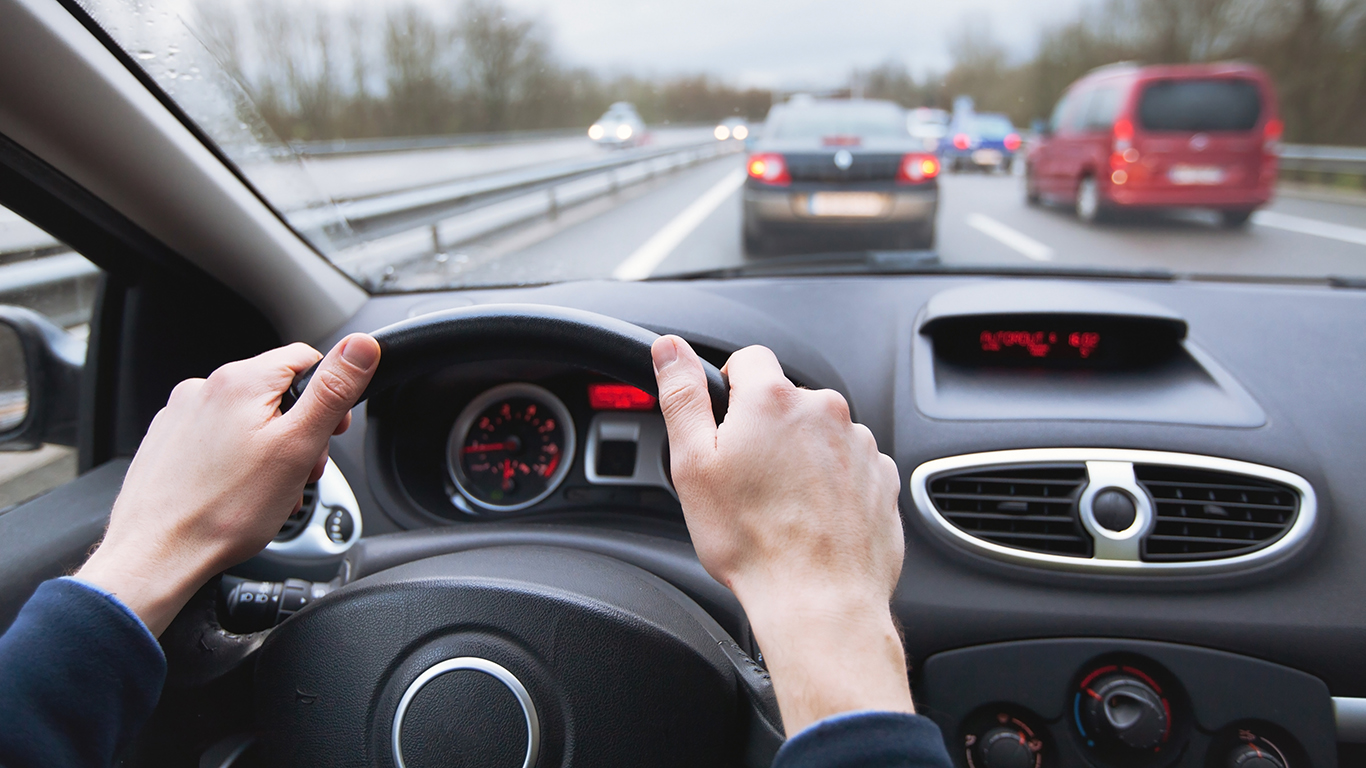
driving car on highway, close up of hands on steering wheel
When you accelerate hard and brake just as quickly, your car can lose miles per gallon of gas. While accelerating quickly will burn considerable gas, braking quickly and abruptly can cause your miles per gallon to drop as well. Indeed, according to a test run by Consumer Reports, “frequent bursts of acceleration and braking reduced an older Toyota Camry’s mileage by 2 to 3 mpg.”
To avoid this loss in gas, it’s best to drive as evenly as possible. This includes limiting your acceleration, braking slowly and smoothly, and anticipating the flow of traffic. While this will save you a couple of miles per gallon, even driving also extends the lifespan of other parts of your car like its engine, transmission, tires, and brakes. While it factors into every tip and every action of your car, the more your car has to work to get from A to B, the more gas you will burn in the process.
Minimize Trips
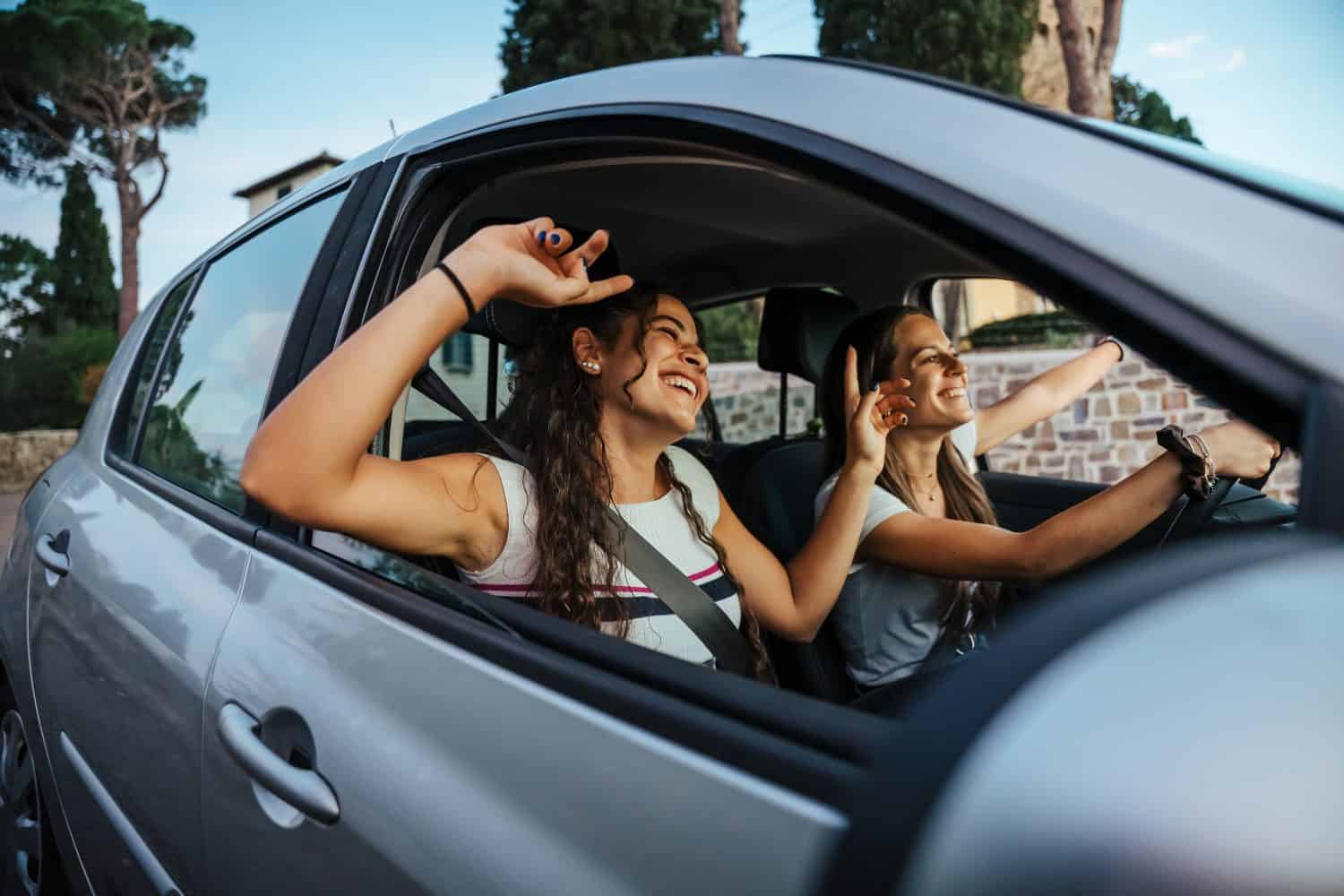
Another tip to get the most out of a tank of gas concerns the number of trips you take in your car. While this may seem like a given, it’s easy to lose track of all the little trips and how they add up. This can take multiple forms, including condensing errands into a single drive, or avoiding tasks if they aren’t completely necessary. Long, continuous drives will surely use up gasoline.
While some errands or tasks require your attention right now, others can be delayed or done away with completely. By staying conscious of how much gas you use per trip, even if it’s just down the street, you’ll save gas in your tank and contribute positively to any kind of potential gas scarcity in your region. Furthermore, the type of roads driven on have a noticeable effect on gas usage. As a rule of thumb, highway driving is more fuel-efficient than city driving. That’s because highway driving requires a constant flow, with less braking and accelerating to burn up gas.
Follow Speed Limits
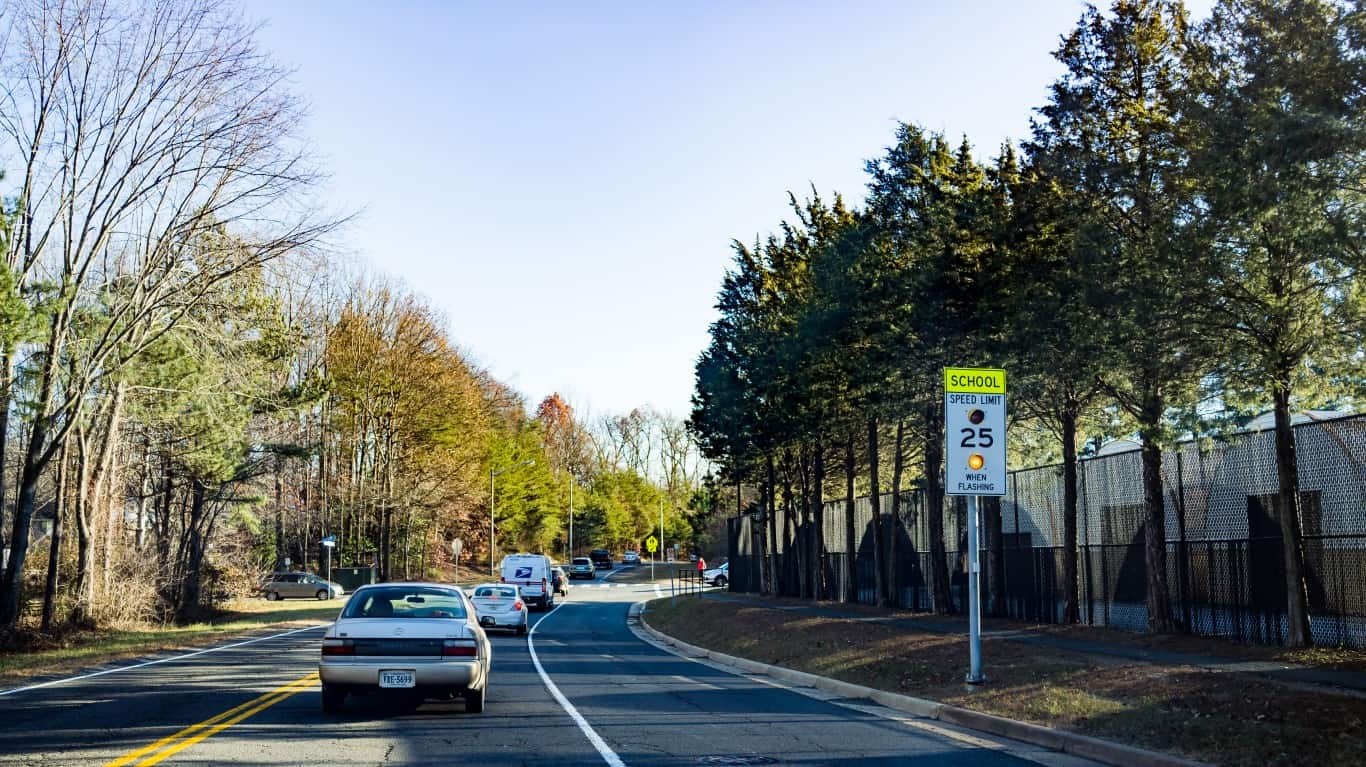
Those speed limit signs posted all over the road aren’t just there to curtail your freedom. They also act as great guidelines for getting the most out of your tank of gasoline. Furthermore, by going over the speed limit, you not only run the risk of speeding fines, but you also lose a considerable amount of gas.
A great analogy for following speed limits and exceeding them is like turning your car from a compact sedan into a large SUV. According to a fuel test between a Nissan Altima and a Toyota RAV4 published by Consumer Reports, “reducing speed from 65 mph to 55 mph improved fuel economy by 6 mpg in the Altima and 8 mpg in the RAV4.”
Online Search

By employing online databases, you can find the best deals for gas in your area. While OPEC sets the standard price of gasoline around the world, the economic laws of supply and demand factor into gas prices.
As a rule of thumb, gas stations attached to major roads and highways almost always have higher prices than those farther off the beaten path. Furthermore, you can find the best gas deals using websites like GasBuddy. Sites like these provide real-time listing of the best gas prices in your local area. There’s no need to drive all over searching for the best prices when an app or website can do the work for you and save you money and time.
Keep Your Tank Half-Full
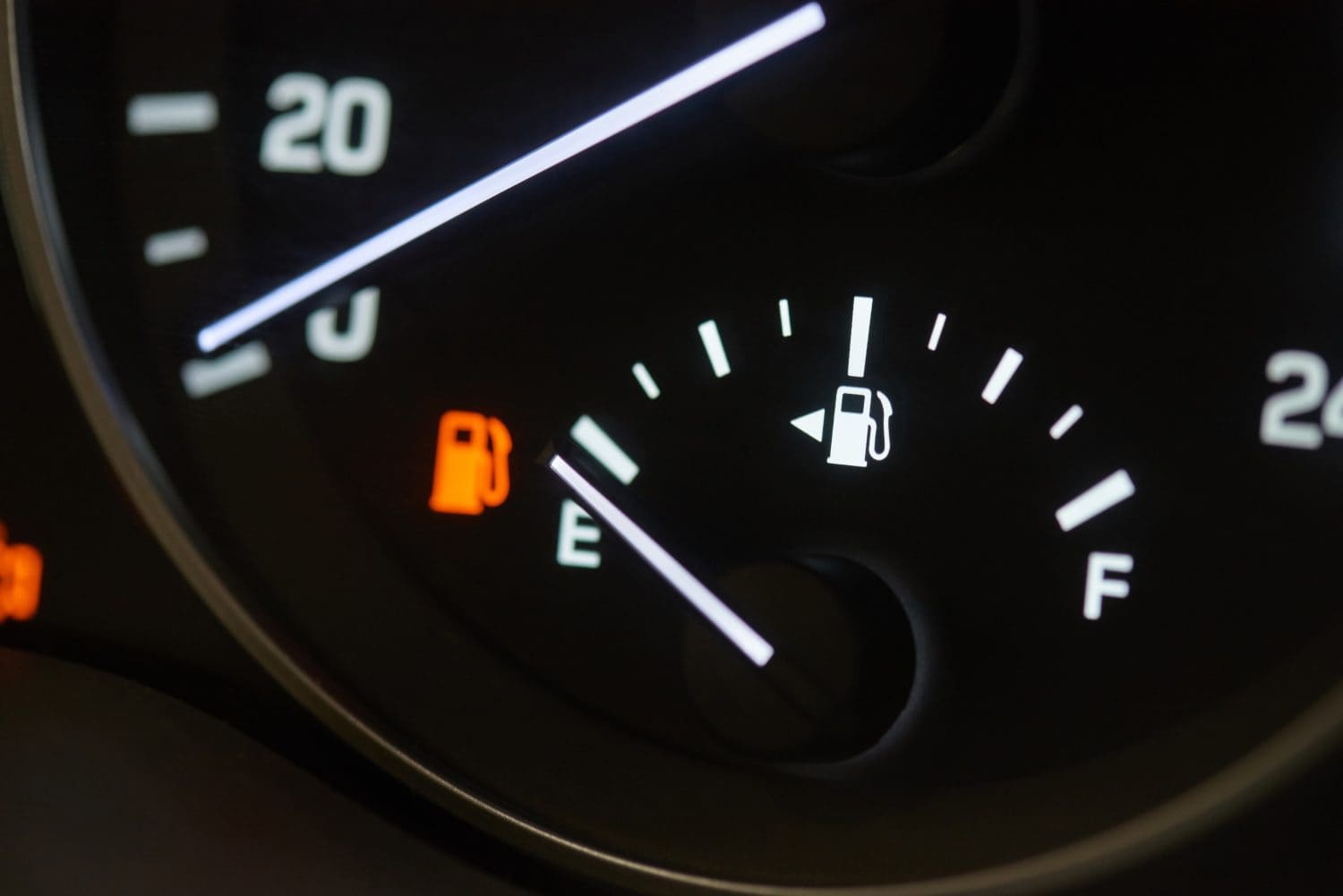
Another one of the tips to get the most out of a tank of gas concerns the level of gasoline in your fuel tank at any time. As with anything in life, it’s better to be prepared than to be caught empty-handed when situations arise. Car health and fuel efficiency are no different. That’s why it’s best to keep your fuel tank half-full as much as possible.
By keeping your gas tank half-full, you avoid the risks of gas problems when on a holiday trip or when you’re stuck in traffic that’s come to a standstill. Plus, keeping your car’s tank half-full will ease the stress of driving. It also gives you more flexibility regarding when and where you decide to fill up. This tip runs in tandem with the previous suggestion of searching for the best-priced gasoline. (To dive deeper into long-haul trips, here are some questions to answer before going on a road trip.)
Avoid AC
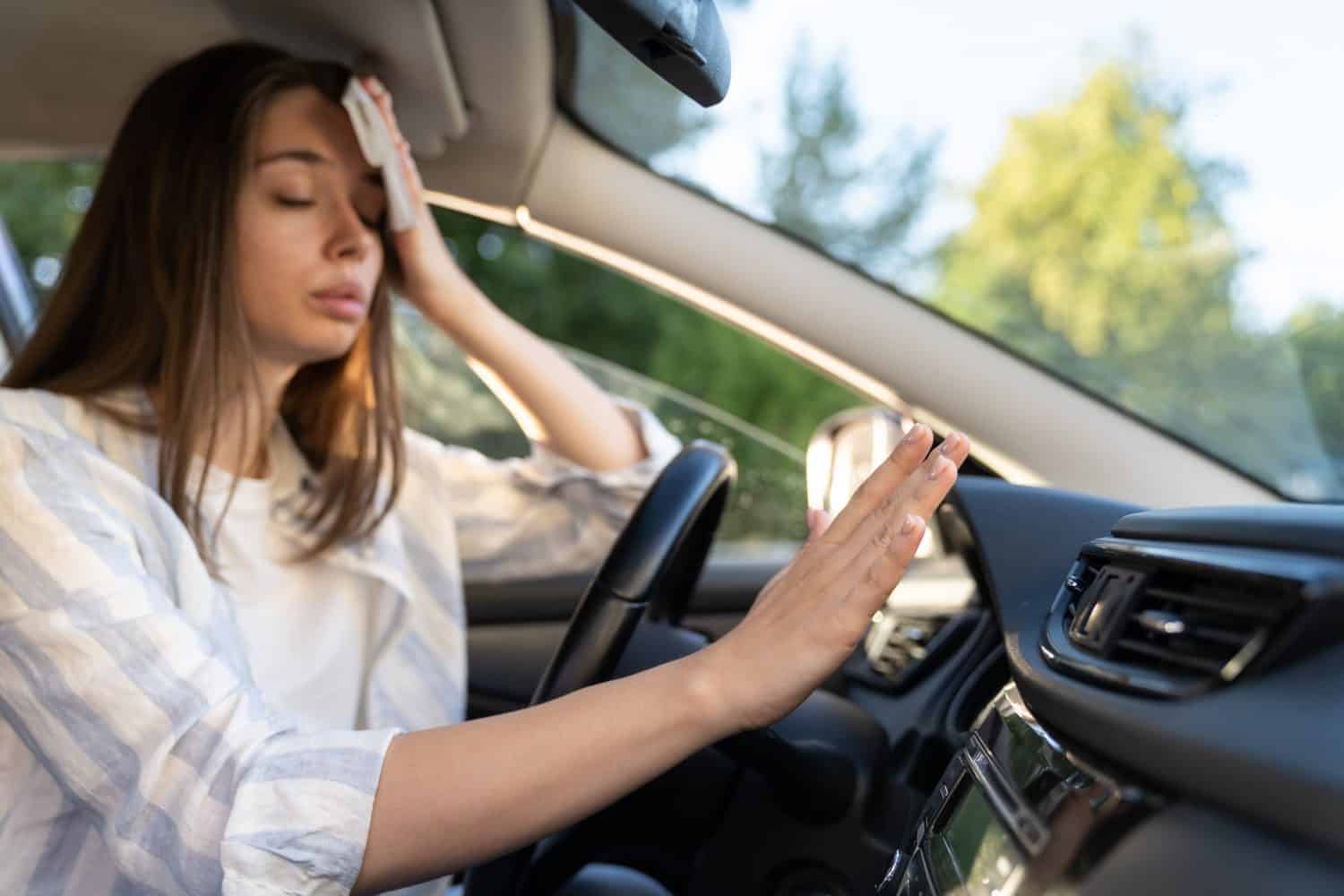
Many parts of your car require gasoline to function properly, however, your car’s air conditioner is a huge user of gas. The machine requires gasoline to keep the car cool.
That’s why it’s important to avoid using your air conditioning system as much as possible. While it provides a nice, convenient luxury, you’ll save tons of gas by avoiding the air conditioning in fair to mild weather. Instead, simply roll down your windows for that nice breeze. If it gets too hot, however, it’s time to use the AC. This will keep you alert and comfortable while driving.
Skip Premiums
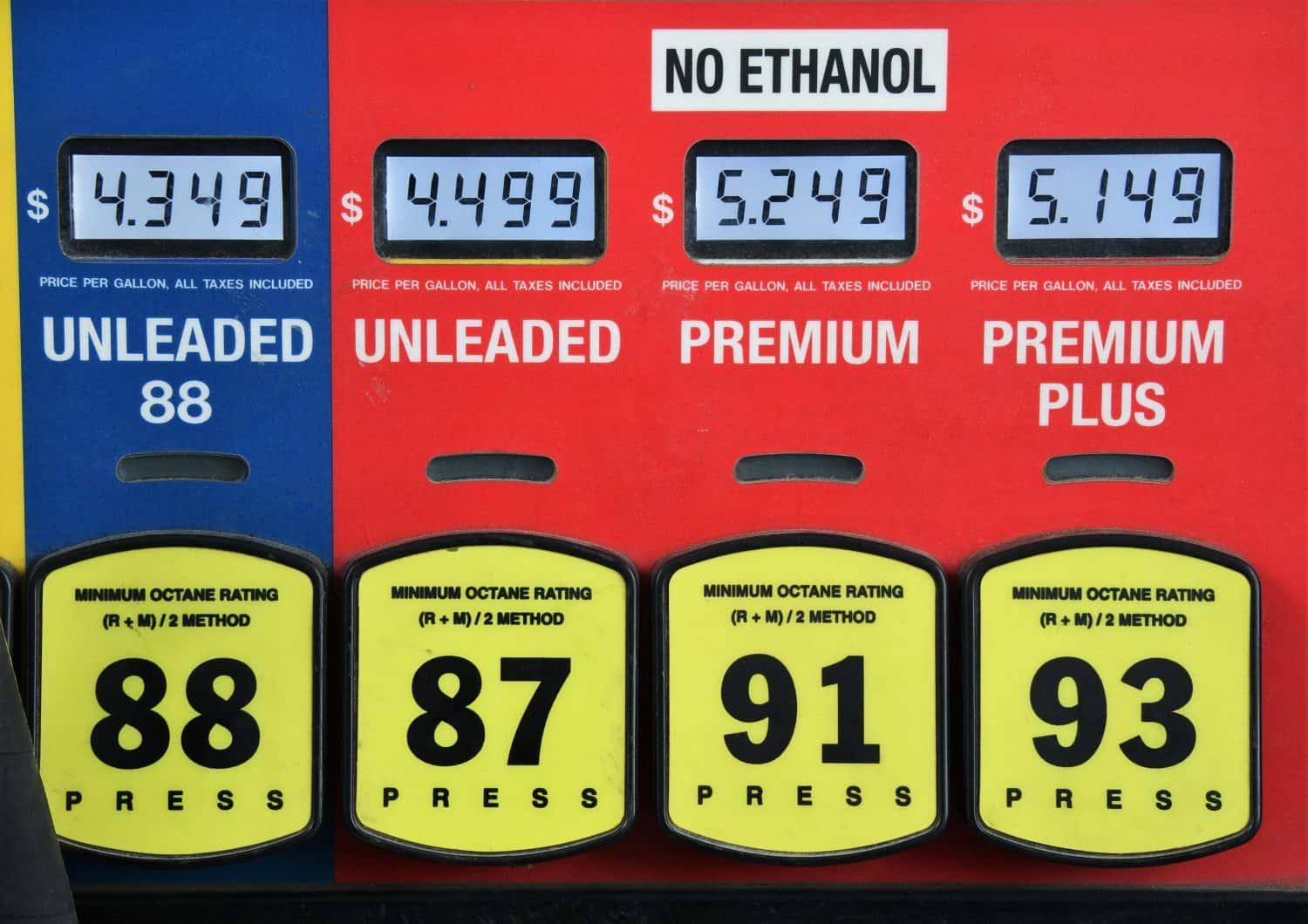
Another one of the tips to get the most out of a tank of gas is by skipping premiums. When you go to fill up your tank, you’ll notice three different grades of gasoline available for purchase. While it seems like the premium option will give you the best option for your money, this is only required for certain cars.
Unless you’re driving a high-end sports car, chances are you don’t need the premium option. Check the indicator on your car’s fuel filler door. While it may say premium is recommended unless it’s “required,” a cheaper option will work just fine. Choosing regular-grade gasoline will save you money and not make much of a difference in your fuel expenditure.
Tire Pressure and Maintenance
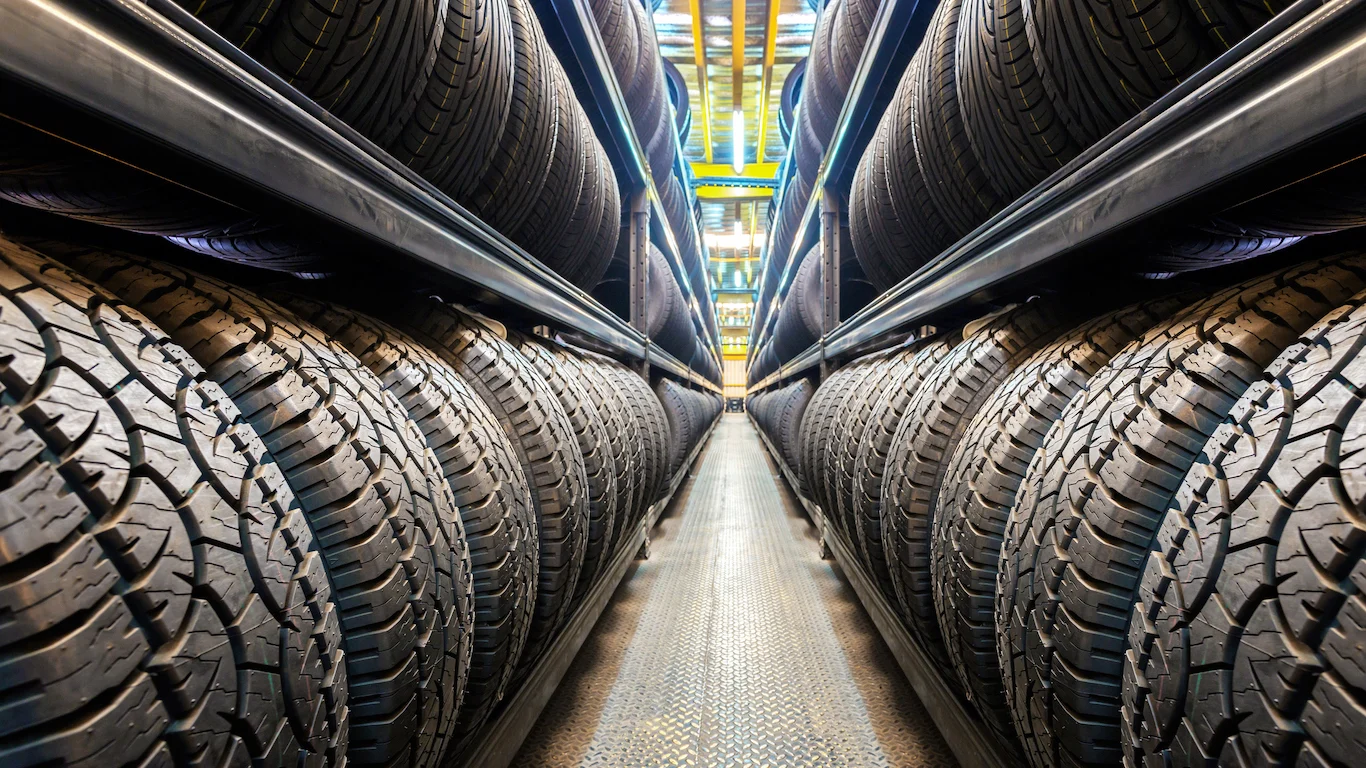
A final tip to get the most out of a tank of gas is to be mindful of tire pressure. Even the best tires, on average, lose about 1 psi per month regardless of use. If your tires have less pressure than recommended for your specific vehicle, it will affect performance and by proxy, your car’s fuel economy.
Beyond tire pressure, other aspects of car maintenance play a huge part in the amount of gas being burned. This includes your car’s air filter. If your car’s air filter isn’t working properly, it will affect how well the engine runs. If the engine isn’t running efficiently, this inefficiency extends to your gas tank. By taking your car in for regular maintenance, including oil checks and replacements, you’ll pass on positive benefits to your gas tank. (For other car tips, discover red flags to watch for when buying a used car.)